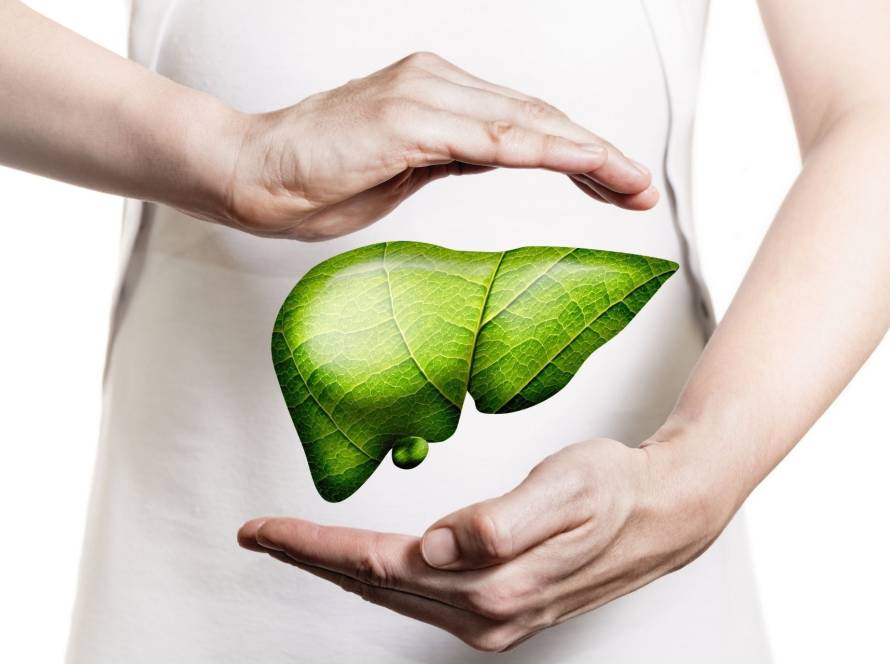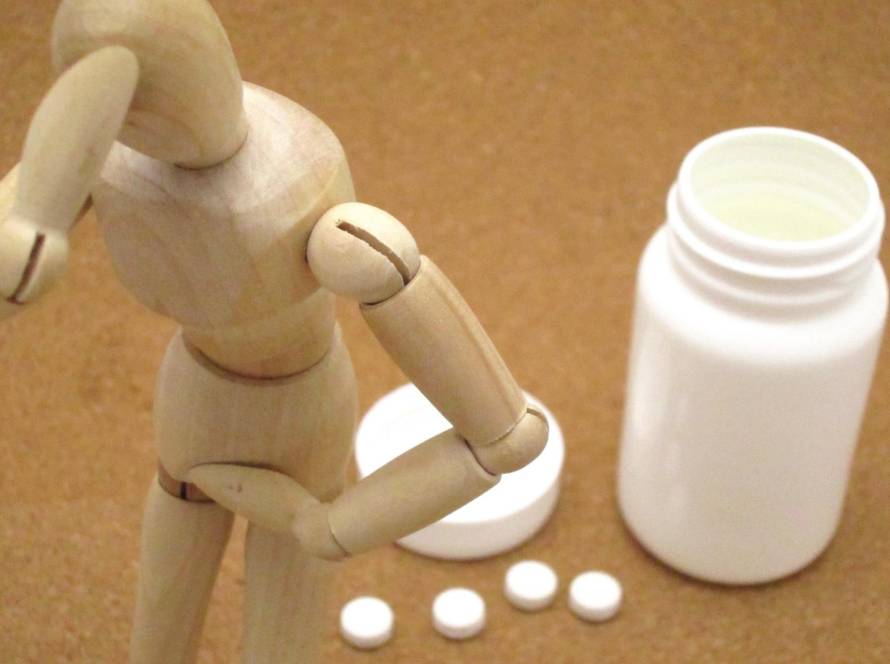Astragalus anti aging benefits have proven themselves over 2,000 years, as traditional Chinese medicine practitioners have relied on this remarkable herb. Ancient wisdom recognized its potential and modern science now confirms these age-old claims through careful research.
Let’s get into the scientific evidence behind astragaluss anti-aging properties. We’ll look at its effects on cellular aging and share practical ways to use its various forms. Our analysis covers everything from telomere biology to clinical outcomes that will help us understand how this ancient herb can support our longevity goals.
How astragalus interacts with aging at the cellular level
The aging process demonstrates several key mechanisms at the cellular level that astragalus directly influences. A clear understanding of these interactions explains the herb’s remarkable anti-aging potential.
Telomere shortening and the role of telomerase
Telomeres act as protective caps at chromosome ends and prevent genomic instability. Cells stop dividing when telomeres reach critically short lengths, which triggers DNA damage responses that lead to cellular senescence. The process triggers cell cycle inhibitors p21 and p16 and creates a cascade effect that adds to tissue aging.
A specialized enzyme called telomerase fights this shortening by adding telomeric DNA to chromosome ends. This enzyme fills in what cells lose during DNA replication and allows telomeres to maintain their length. Most adult human somatic cells don’t have enough telomerase activity, which leads to progressive telomere shortening with age and ends up contributing to aging and death.
Astragalus and telomerase activation: what studies show
Studies show that astragalus compounds, especially astragaloside IV and cycloastragenol, can boost telomerase activity. To name just one example, experiments with human fibroblasts showed that astragaloside IV substantially increased telomerase expression. A controlled trial with an astragalus-based supplement resulted in substantially longer median telomere length and fewer short telomeres over six months.
TA-65, a supplement derived from astragalus root, lengthens telomeres in humans. CAG (cycloastragenol), a triterpenoid saponin compound from astragaloside IV hydrolysis, boosted telomerase activity 1.3 to 3.3 fold in human T-cell cultures.
Oxidative stress and mitochondrial protection
Oxidative stress represents another crucial aging factor that astragalus targets. Scientists call mitochondria the “pacemakers of tissue aging” because they continuously produce free radicals that damage cellular components. This damage builds up over time and adds substantially to the aging process.
Astragalus polysaccharides (APS) protect cells by:
- Scavenging reactive oxygen species like superoxide, hydroxyl radicals and hydrogen peroxide;
- Inhibiting lipid peroxidation in a concentration dependent manner;
- Protecting mitochondria from permeability transition, a key indicator of mitochondrial dysfunction.
APS effectively prevents age-related mitochondrial damage under these conditions. Research showed that APS administration prevented mitochondrial membrane potential loss, with the percentage of red fluorescence reaching 94.67% in APS-treated cells compared to just 73.8% in damaged cells.
These dual mechanisms, telomerase activation and oxidative stress reduction, work together through cooperative action to slow cellular aging processes. The herb’s impact on multiple aging pathways explains why it works so well as an anti-aging remedy.
Immune and brain health benefits of astragalus
Astragalus does much more than affect cells, it helps with two key parts of staying healthy as we age: a strong immune system and a sharp brain. These qualities make it a great tool to stay vital in our later years.
Immunomodulatory effects in aging populations
Research shows astragalus works as a powerful immune system regulator. Chinese medicine practitioners have used it to “strengthen the spleen and replenish qi” for hundreds of years. Scientists now confirm that astragalus polysaccharides (APS) improve immune function in several ways.
APS activates different immune cells such as:
- Macrophages, which get better at engulfing threats and staying strong;
- T and B lymphocytes, which multiply and transform more effectively;
- Dendritic cells, which develop and mature better.
The benefits go beyond just activating cells. Research shows that astragalus makes immune organs like the thymus and spleen bigger and healthier. This helps especially when these organs naturally shrink with age.
Studies with aging mice show astragalus can boost antibody response and help lymphocytes work better. Clinical studies prove that Astragali radix extract helps blood cells multiply, move around and mature properly.
Neuroprotective actions in preclinical and clinical models
Astragalus protects the brain in many neurological conditions. Research proves it prevents memory loss and brain cell death. Tests show it can reverse memory problems in mice caused by Aβ buildup.
The brain-protecting effects happen by:
- Keeping the hippocampus healthy and reducing Aβ deposits;
- Triggering CREB/BDNF pathways that help nerve cells communicate;
- Increasing PSD95 and synapsin in the hippocampus;
- Making mitochondria work better through LONP1 and CLpP changes.
All this evidence shows that astragalus helps us age better by protecting both our immune system and brain function – two areas that often decline as we get older.
Anti-cancer and cardiovascular effects of astragalus compounds
Astragalus compounds show unique potential that goes beyond cellular and immune benefits. Research strongly supports their anti-cancer properties and protective effects on heart health.
Astragalus and tumor suppression pathways
Studies show that astragalus extracts inhibit proliferation of multiple cancer types, including digestive, lung and breast cancers. These effects work through several mechanisms. Astragalus polysaccharides (APS) trigger cell death in liver cancer cells by controlling Bcl-2/BAX expression and activating caspase pathways. APS also stops cancer cells from growing by halting their cycle at different phases.
Meta-analyzes show that combining astragalus with chemotherapy improves overall response rates in gastric cancer patients and reduces side effects like nausea, vomiting and low white blood cell count.
Cardiovascular protection and vascular aging
Astragalus offers substantial cardiovascular benefits, especially when we have age related blood vessel deterioration. Astragaloside IV (AS-IV), a main active component, helps repair damaged mitochondria, boosts mitochondrial membrane potential and controls mitophagy in aging vascular smooth muscle cells.
Total flavonoids of Astragalus (TFA) substantially lowered total cholesterol and LDL cholesterol while raising HDL cholesterol levels.
Animal research reveals that TFA decreased aortic fatty streak area by 43.6% to 63.6%, showing strong anti-atherosclerotic effects. These benefits come from TFA’s antioxidant properties that reduce superoxide and hydroxyl radicals based on dosage.
The core mechanisms balance mitochondrial fusion/division, improve cholesterol metabolism and guard against blood vessel inflammation, all vital factors in cardiovascular aging.
The strongest proof comes from human studies that show real improvements in telomere length and immune function. These findings, along with centuries of traditional use, suggest we should think about adding astragalus to our evidence based anti-aging plan.
Note that supplement quality can vary quite a bit. Using standardized extracts that have confirmed levels of active compounds, like astragaloside IV or cycloastragenol, will give a better outcome. It’s smart to start with smaller doses to see how our body responds and keep side effects minimal.


